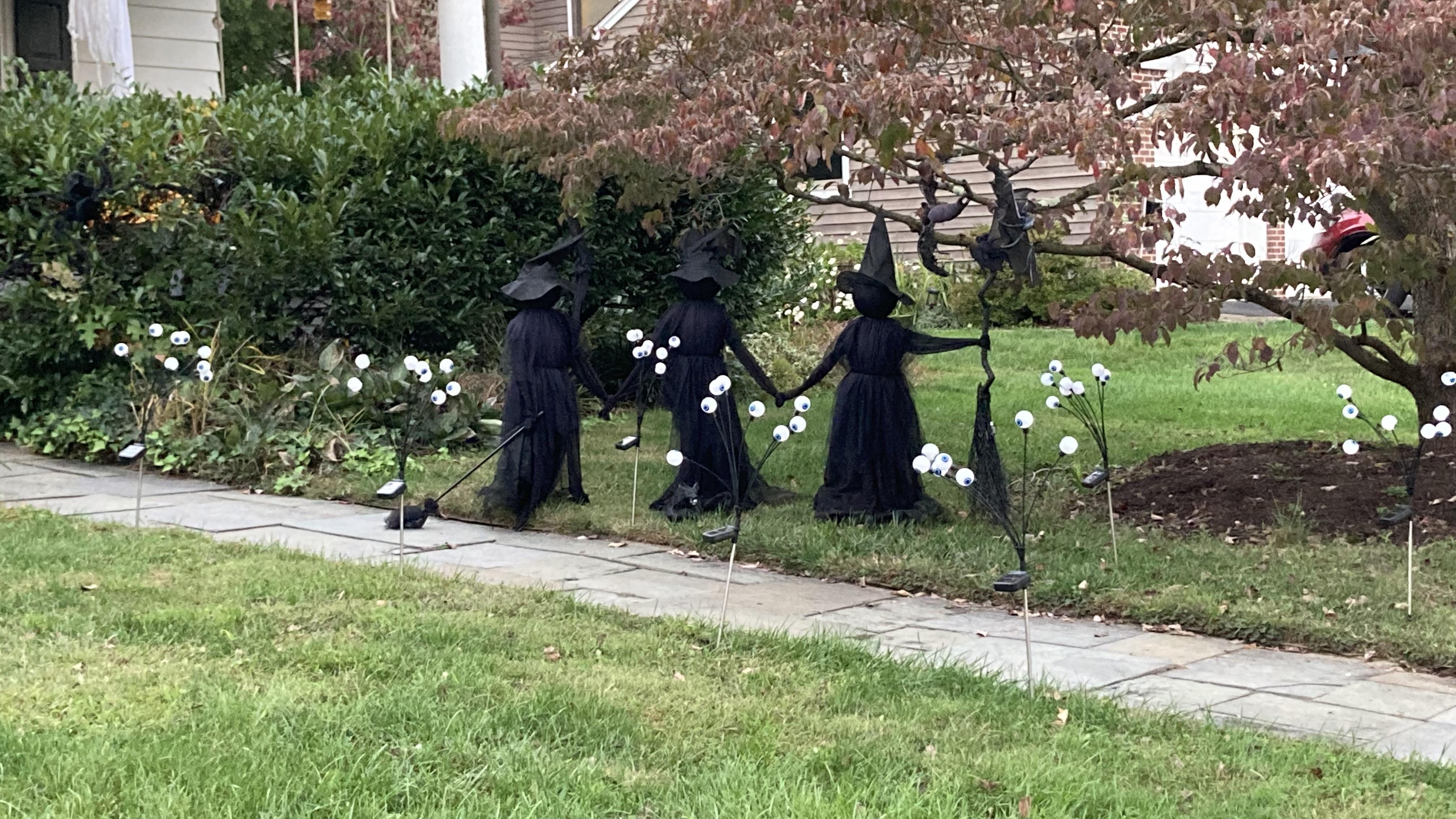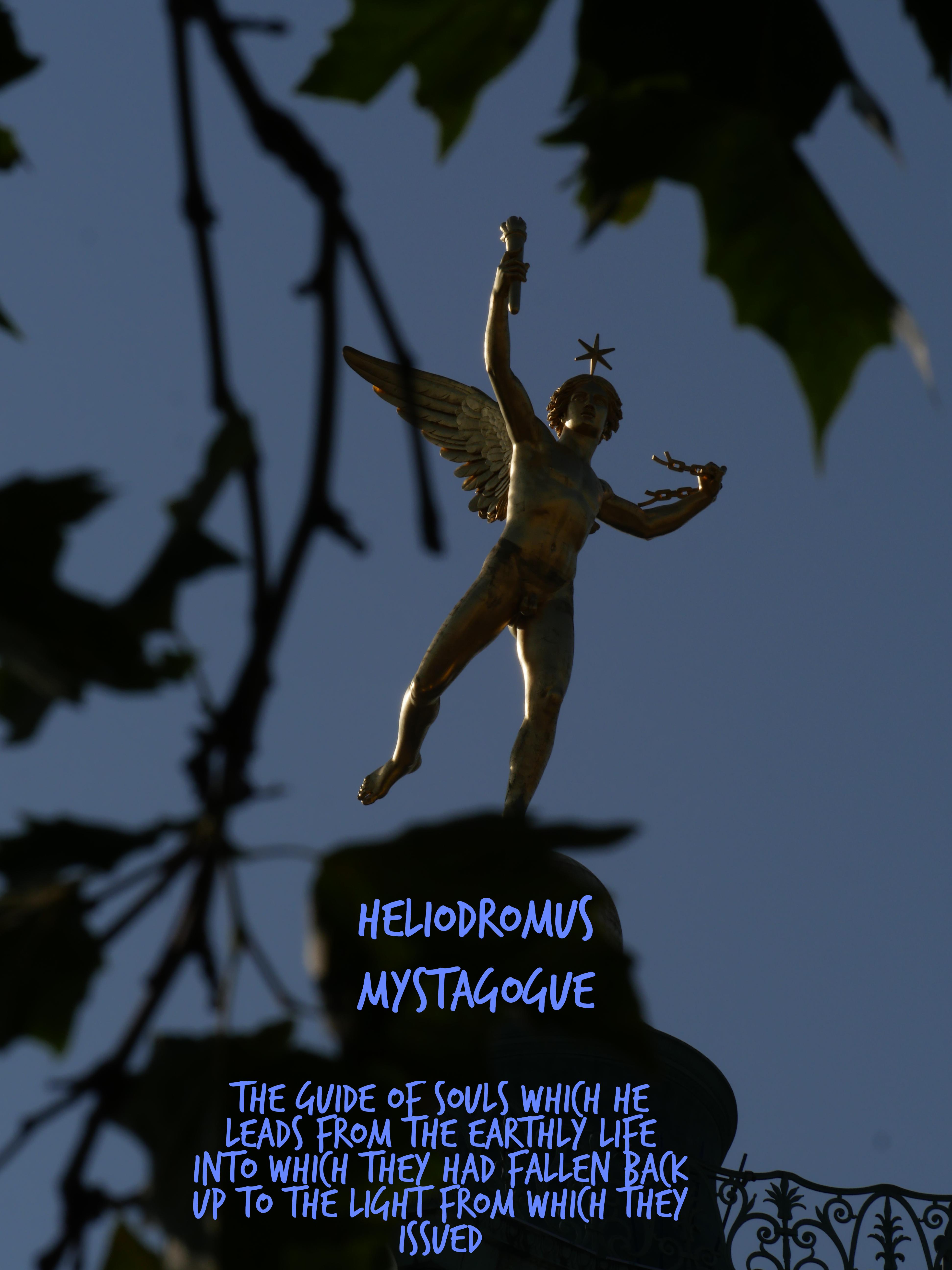In the realm of television, crafting suspense is an art form that hinges on the delicate balance of narrative pacing, character development, and atmospheric tension. Episode 3 of “Tracker” exemplifies this intricate dance, showcasing a masterful approach to suspense that captivates its audience from the opening scene to the final credits. This analysis delves into the episode’s strategic use of plot twists, the nuanced portrayal of its characters, and the meticulous attention to visual and auditory elements that collectively heighten the sense of unease. By dissecting these components, we uncover how “Tracker” not only sustains viewer engagement but also elevates the thriller genre, setting a benchmark for future episodes and series alike.
Masterful Use of Cinematic Techniques to Heighten Tension
In episode 3 of “Tracker,” the creators employ a series of sophisticated cinematic techniques to craft an atmosphere brimming with suspense. Lighting plays a pivotal role, with the strategic use of shadows and dimly lit scenes creating a sense of unease and anticipation. This is complemented by the camera angles, which often shift to unexpected perspectives, such as low-angle shots that emphasize vulnerability or high-angle views that suggest surveillance. The deliberate pacing of the editing, with quick cuts interspersed with lingering shots, keeps the audience on edge, never quite sure when the next twist will occur.
- Sound Design: The use of diegetic and non-diegetic sounds, such as distant footsteps or an unsettling score, heightens the tension.
- Close-ups: Intimate shots of characters’ expressions reveal subtle emotions, adding layers to the narrative and drawing viewers deeper into the psychological drama.
- Symbolic Imagery: Recurring motifs, like a ticking clock or a flickering light, serve as visual metaphors for the impending danger, reinforcing the suspenseful atmosphere.
These elements are meticulously orchestrated to engage the audience’s senses and emotions, ensuring that the tension remains palpable throughout the episode. By weaving these techniques seamlessly into the narrative fabric, “Tracker” not only captivates but also challenges viewers to remain ever-vigilant, mirroring the experience of the characters themselves.

Character Development as a Catalyst for Suspense
In episode 3 of “Tracker,” the intricate layers of character development serve as the backbone for the mounting suspense that keeps viewers on the edge of their seats. The creators masterfully employ nuanced character arcs to weave tension into the narrative fabric. Each character’s backstory is gradually unveiled, offering glimpses into their motivations and vulnerabilities, which in turn, heightens the stakes. For instance, the protagonist’s inner conflict is portrayed through subtle dialogues and pivotal flashbacks, allowing the audience to connect emotionally while simultaneously questioning his every move.
- Unpredictable Alliances: The shifting dynamics between characters create an air of uncertainty. Allies become adversaries, and trust is a rare commodity, forcing viewers to constantly reassess their assumptions.
- Hidden Agendas: As secrets are revealed, the true intentions of key players come to light, adding layers of complexity to the plot and intensifying the suspense.
- Character Vulnerability: The exposure of personal weaknesses makes characters more relatable and their predicaments more gripping, drawing the audience deeper into the storyline.
Through these expertly crafted character developments, “Tracker” not only sustains suspense but also enriches the viewing experience, making each episode a compelling exploration of human nature under duress.

Strategic Pacing and Timing in Narrative Structure
In episode 3 of “Tracker,” the creators masterfully employ strategic pacing and timing to weave an intricate tapestry of suspense. The episode unfolds with a meticulous balance between moments of high tension and slower, introspective scenes, allowing viewers to fully immerse themselves in the unfolding drama. This deliberate pacing serves to heighten the emotional stakes, as the narrative oscillates between moments of impending danger and fleeting relief. By carefully controlling the tempo, the writers ensure that each scene builds upon the last, creating a crescendo of suspense that keeps the audience on the edge of their seats.
- Intercutting Storylines: The episode expertly uses parallel storylines to create a sense of urgency. By interweaving the protagonist’s quest with the antagonist’s machinations, viewers are constantly aware of the looming threat, even during quieter moments.
- Strategic Use of Silence: Silence is employed as a powerful tool to amplify tension. In key scenes, the absence of dialogue or music draws attention to the characters’ internal struggles, making their eventual decisions all the more impactful.
- Cliffhangers: Each act ends with a tantalizing cliffhanger, compelling viewers to continue watching. These well-timed revelations or surprises maintain a relentless momentum, ensuring that the suspense never wanes.
Through these techniques, “Tracker” episode 3 exemplifies how strategic pacing and timing can elevate a narrative, transforming it into a gripping experience that resonates long after the credits roll.

The Role of Sound Design in Creating an Atmosphere of Uncertainty
In episode 3 of “Tracker,” sound design plays a pivotal role in crafting an atmosphere brimming with suspense and uncertainty. The auditory elements are meticulously orchestrated to keep viewers on edge, subtly manipulating emotions and perceptions. Ambient sounds are strategically employed to create a sense of unease, with creaking floors, distant whispers, and the eerie rustle of leaves enhancing the mystery. These elements work in tandem to establish a soundscape that feels both immersive and unsettling.
- Dynamic contrasts: Sudden shifts from silence to intense noise amplify tension, catching viewers off guard and heightening the drama.
- Layered audio cues: Overlapping sounds, such as overlapping dialogues or background noises, create a feeling of disorientation, mirroring the characters’ own uncertainty.
- Subtle motifs: Recurrent sound motifs, like a haunting melody or a particular sound effect, are woven throughout the episode, serving as auditory clues that hint at underlying themes or impending danger.
Through these carefully curated auditory elements, the sound design in “Tracker” not only supports the narrative but also actively shapes the viewer’s experience, making the atmosphere of uncertainty palpable and engaging.


